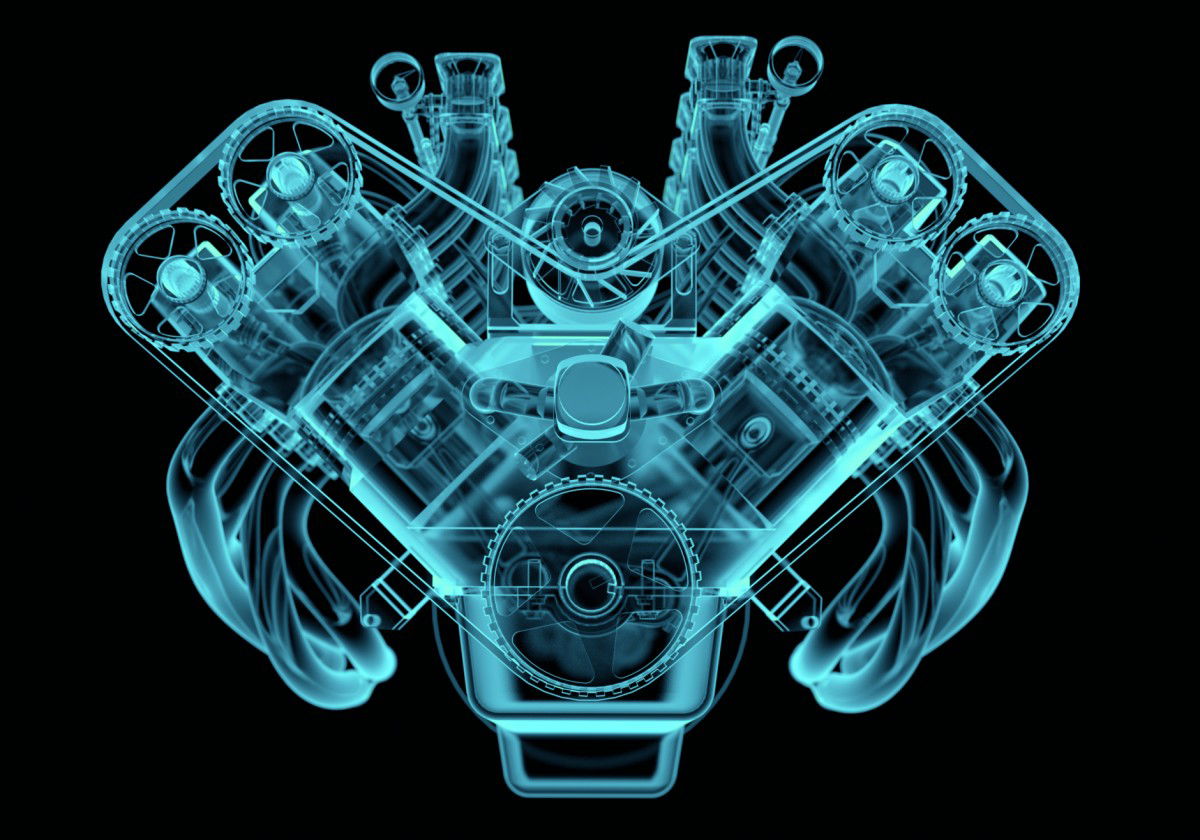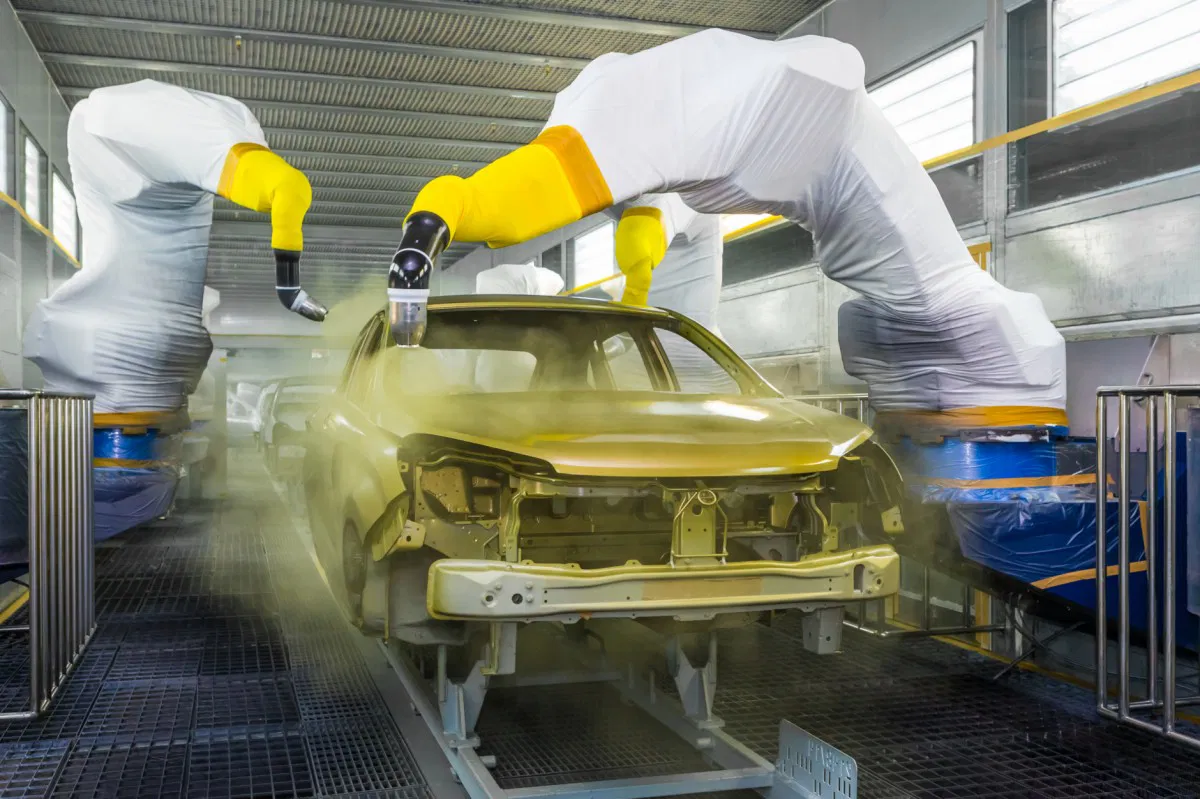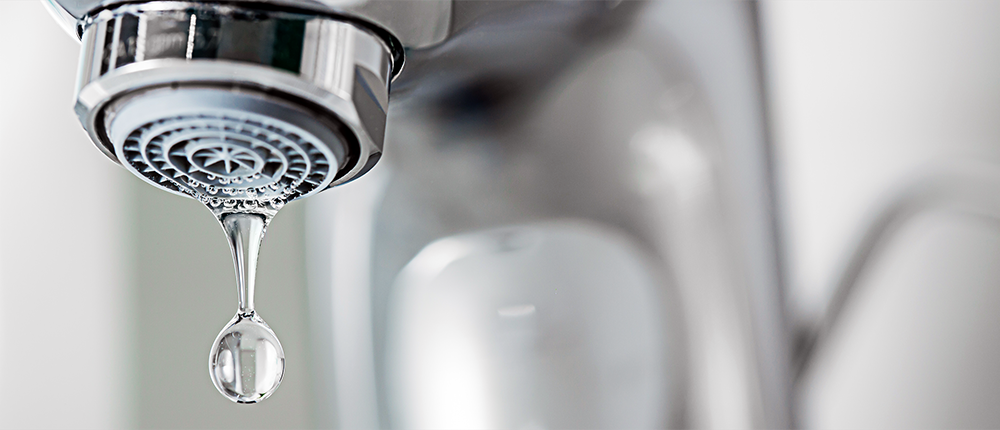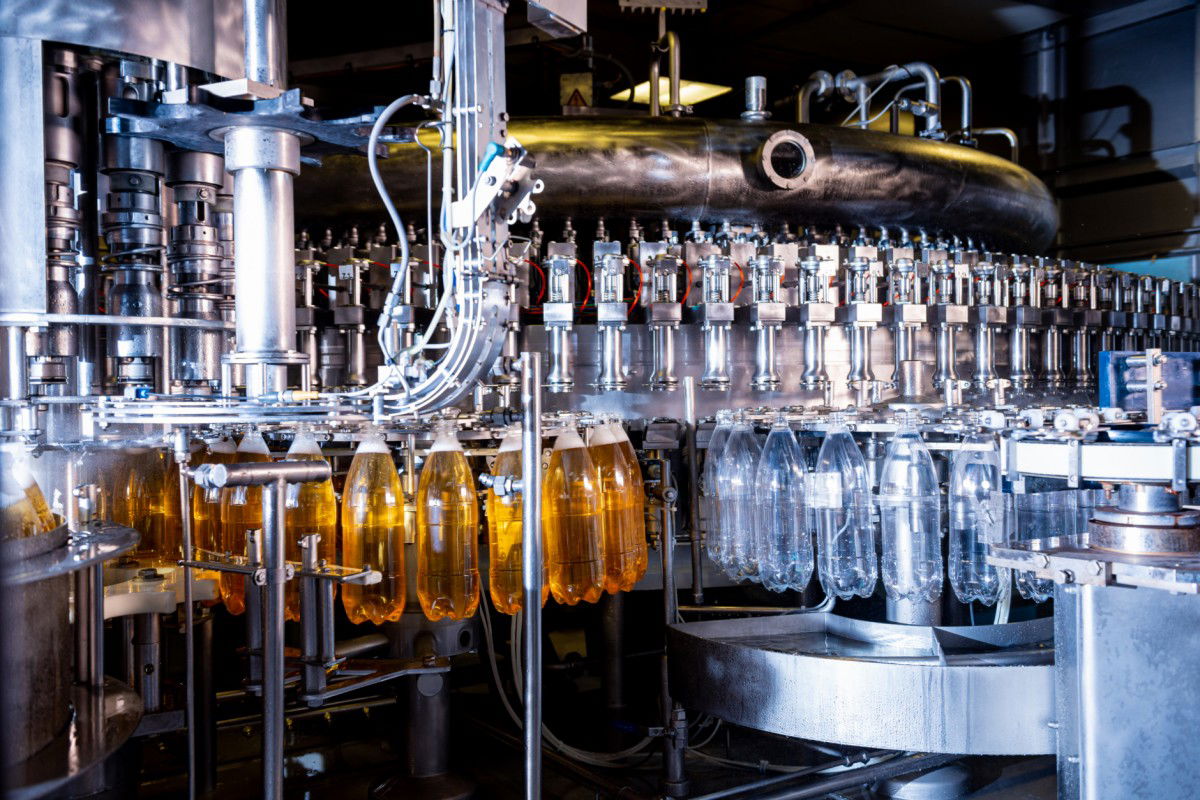Custom Solutions
Product Description
Wherever pressure sensors are needed, a solution can normally be found in the KELLER standard product catalog. However, there are often great benefits to optimising a product specifically for integration and use in existing complete systems. In addition to outwardly identifiable components such as housing parts or plugs, this also includes the inner workings of the sensor. We produce a large number of individual parts in-house and establish close working relationships with our suppliers, enabling us to make a wide variety of modifications with ease.
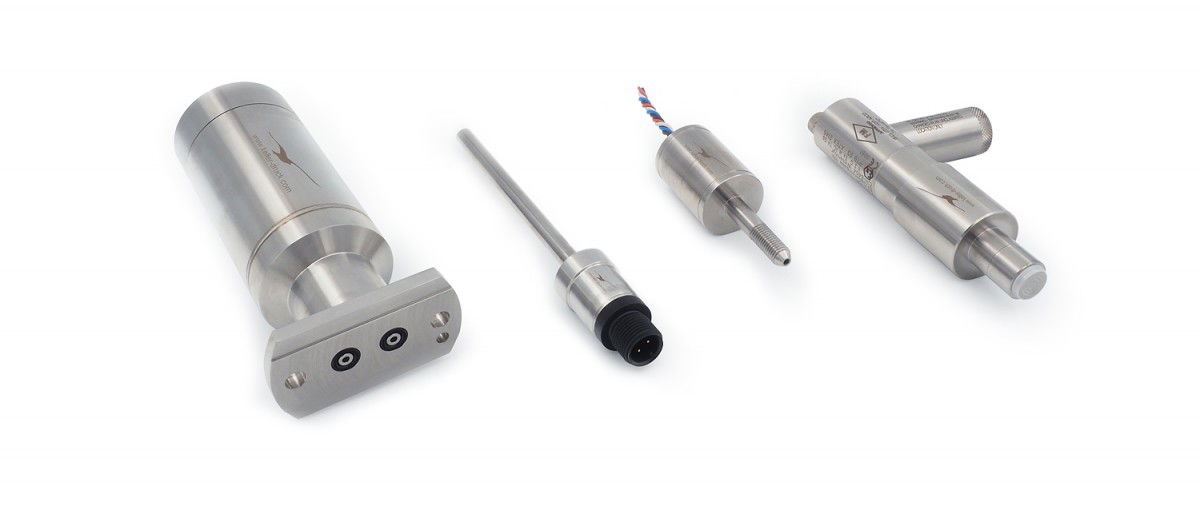

Measuring Ranges & Performance
First of all, we define the basic sensor specifications such as overall measuring range, accuracy, calibration to specific measuring points and units of pressure, or scaling of the output signal. Products with a digital signal output have additional factors that also need to be determined, such as sampling rate or signal resolution. The values defined at this stage form the starting point for selecting components.
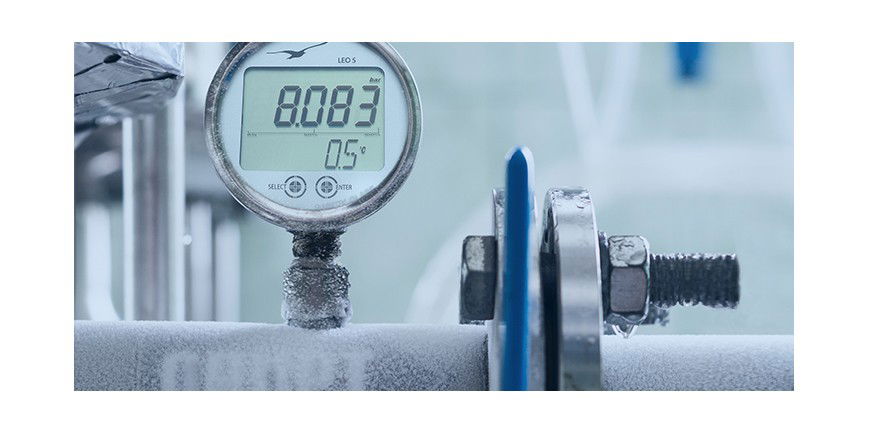
Perfectly Tuned to the Ambient Conditions
Another crucial requirement is taking the ambient conditions into consideration. Not only does this increase the service life of the sensor, it is also an essential prerequisite for correct measurements. If the pressurised system operates with a large overpressure or with dynamic loads, the sensor design must be optimised for these particular demands. With some applications or neighbouring system parts, there is a risk of signal distortion or component failure due to vibration or shock. Temperature also has a major impact on all materials and their resistance. Complications can be caused not just by extreme temperature values but also by rapid changes in temperature. Another equally important factor is chemical resistance. The materials used for housings and seals must be carefully selected, otherwise they risk being damaged by aggressive measuring media. External factors such as petrol fumes, UV radiation, salt water or even microorganisms can also cause problems. It is therefore essential that all relevant factors be considered. Of course, even finely tuned designs still have limits, and additional protective measures may be needed.
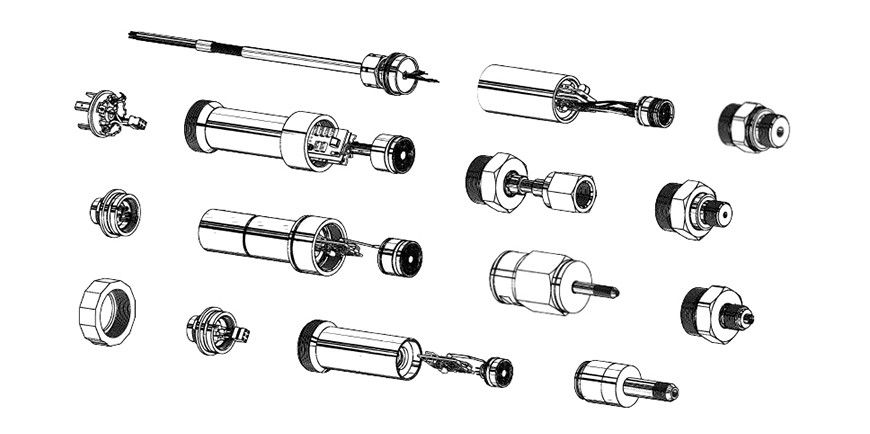
Mechanical Design
When designing a sensor, all the above points must be taken into consideration. A device's performance is heavily influenced by the sensor design, from the choice of sensor chip and coupling medium through to the materials and production techniques used. In addition, customers may have particular requests concerning shape and size, pressure connections and so on. And of course, any specific requirements pertaining to the area of application must be complied with, along with all the applicable legal regulations and standards.

Electronics & Configuration
The main function of the electronics is to prepare the measurement signal, as well as possibly to save it and output it via a suitable interface. Customers can also request that application-specific calculations be integrated in the firmware, or ask for special device and software configurations. Once again, there are other requirements that depend on the environment, such as extended lightning protection, EMC or explosion protection. Intrinsically safe products can also be specially configured to match the parameters of the customer's overall system.
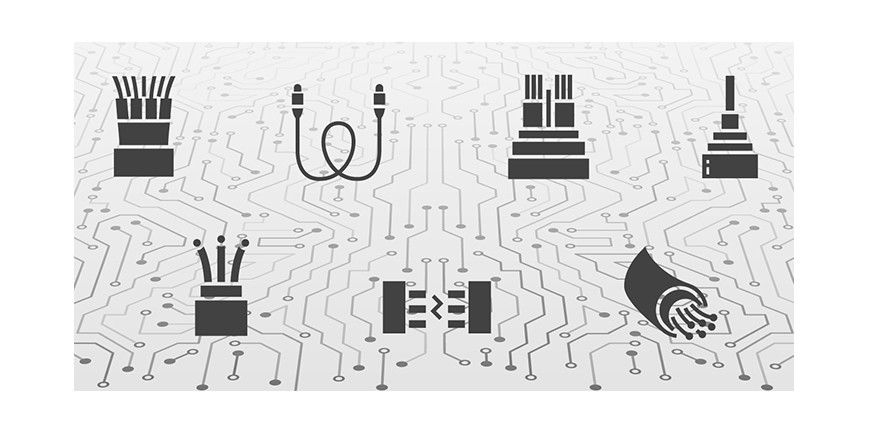
Electrical Interfaces & Connections
Digital interfaces can be configured for specific communication protocols, or modified to suit the customer's needs. Meanwhile, analog interfaces also continue to play a vital role in sensor technology. KELLER is highly experienced in developing application-specific solutions based on both of these principles, including devices with light wave and frequency outputs. For electrical connections, the necessary plugs can be integrated into the design, while cable outlets can be specified by the customer.
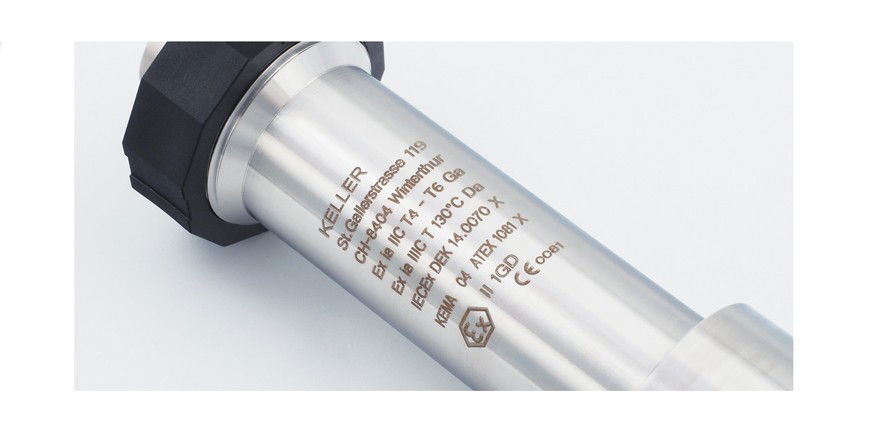
Labelling
In addition to customer logos, it is also possible to have functional markings applied to the product, either by means of laser inscription or by printing information on labels. These may include part codes, serial numbers, data matrix codes or guide marks. Customers can also specify a colour-coding scheme for the connecting wires. For consumer products such as manometers, a personalised design that includes the customer's logo can be applied to the front panel.
Application Reports
These examples show how KELLER Custom Solutions have helped customers to overcome their specific challenges.






